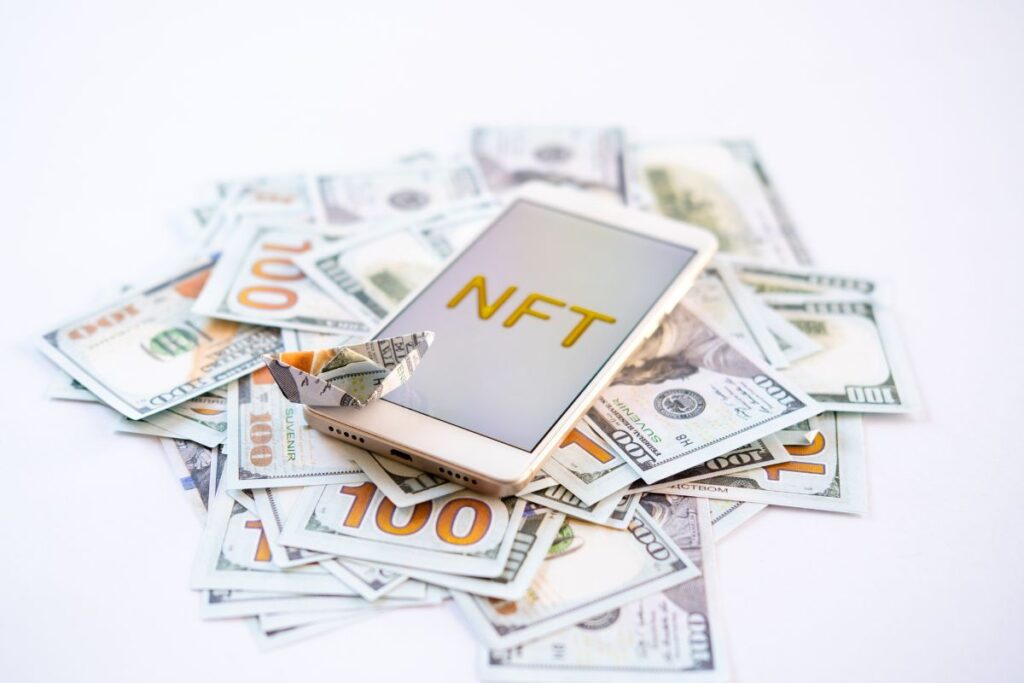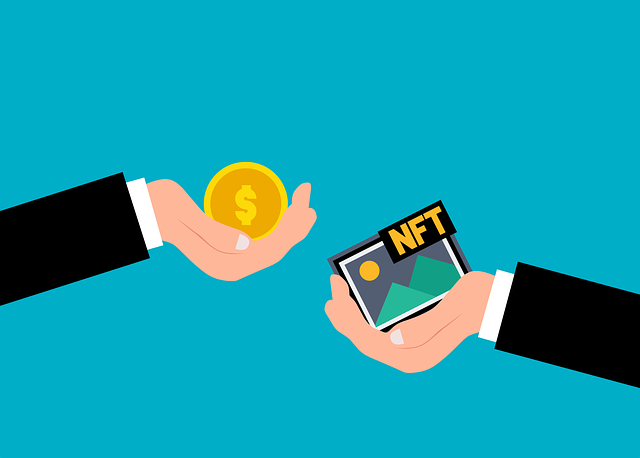
The continuous progress in digitalization and information technology gave rise to an array of inventions that have transformed the modern world. One such advancement is the introduction of NFTs which are commonly associated with digital assets. However, NFTs can also provide digital representation for physical assets like jewelry, property, antiques, or even consumer goods.
The physical product market is often plagued with fake reviews, trust issues, fake page/scams, middlemen, deceptive counterfeits, and misuse of personal data and the overall authenticity of a product. NFTs with the help of blockchain technology have the potential to address all these issues by enforcing transparency and security by implementing NFT as a definitive way to prove the authenticity of the physical product. This article investigates the feasibility of using the technology and the limitations that may hinder this process.
How does the tech work
To understand how NFT can be used to prove the authenticity of a product, we first have to answer what NFTs are. NFTs are a form of digital license that proves ownership of a particular item. However, in the backend, an NFT lives inside of a blockchain that enables it to achieve certain traits.
The term ‘Blockchain’ means a chain of blocks. These blocks can contain data and are linked using cryptography. In the simplest terms, you can think of blockchain as a large book or ledger that contains information about every transaction made while ensuring security and transparency. Anyone part of this blockchain can go back and have a look at it.
NFTs are built or minted on this blockchain network and offer a digital license that can be used to authenticate the legitimacy of the product. This creates a system that is impossible for hackers to exploit as it is impossible to tweak the inner workings of an NFT. If you want to learn in-depth on how NFT works, check out the full NFT guide.
Why authentication is important
Physical goods sold by large companies are often difficult to manage. During a product’s lifecycle, a company invests in processes and systems to gain control over a product’s journey through the supply chain, improve unit-level visibility and traceability, and ultimately deliver an authentic and transparent product to the end user. These processes and systems are collectively referred to as “product authentication.”
However, because of the complexity and the large number of parties involved, product authentication becomes too difficult and oftentimes impossible. This variability is often exploited by scammers and they mix fake products which in turn can ruin the reputation of the company.
NFTs ensure the following thanks to the underlying blockchain technology:
- Real-time transparency
- Standardized digital certificates that allow an NFT to be traded
- Traded with no intermediary supervision
- Immediate liquidity
Connecting the physical and virtual world
With the development of the Metaverse, it is now possible to link digital assets with virtual ones using NFTs. The most popular NFTs are already linking their digital assets with physical products. For example, Nike with RTFKT NFT collection allows collectors to get early access to RTFKT NFT.
Some NFT companies have taken it a step further and paired their artwork, toys, collectibles, jewelry, and other high-value physical assets with special QR codes. These codes can be scanned to verify the authenticity of the product. Platforms like PelXP (pelxp.com) offer their customers a way to buy digital art and they can rest assured that the art they are purchasing is authentic and coming from a reputed source. You can learn more about the platform in the PelXP.com review.
The main drawback of using NFTs for authentication
Despite all the given advantages of using NFTs for authentication purposes, there are a few disadvantages that must also be addressed. Here is a list of disadvantages that NFTs enthusiasts have to figure out before using NFT authentication as an industry standard.
Here are some possible issues that may hinder the progress of NFTs
Environmental Perspective: We previously mentioned how NFTs live inside a blockchain. To create a blockchain that is accessible for general use, a large pool of miners are required who work round the clock to make transactions happen in real time. These miners are vital for any blockchain or NFT project and it requires huge processing power. The energy required for this is extremely high and given the global crisis on energy, it is not a good solution until we reach 100% renewable energy. We discussed the environmental impact on NFTs in detail in a separate article, do check that out if you are interested.
High cost of maintenance: On a similar vine, the upfront cost to set up and maintain an NFT project is very high. A large upfront investment is therefore required to get started. The processing power required is also high and in a world plagued with chip shortage, dedicating gigs for NFT to authenticate products can be a tall ask.
Not easily understandable by all: The concept of blockchain and NFT is an entirely new field and even tech enthusiasts have a hard time understanding the entire concept. So, it can be challenging to convince general people to have faith in NFTs. The earlier interaction with technology has not been entirely flawless and many people have previously lost money investing in products that they thought were impossible to compromise. So, the lack of trust is still evident and unsurprisingly it will require some convincing before mass adoption
Conclusion
NFTs have the ability to completely revamp and alter the way we interact with real-world objects as blockchain technology and Web3 continue to advance. But to use NFT as a tool to prove authenticity, the technology has to overcome the sustainability issue. There are also other challenges like environmental issues that need to be addressed. But most experts will agree that NFT has real potential to allow easy authentication and stop fraud and scams that’s been plaguing the industry for a long time.


